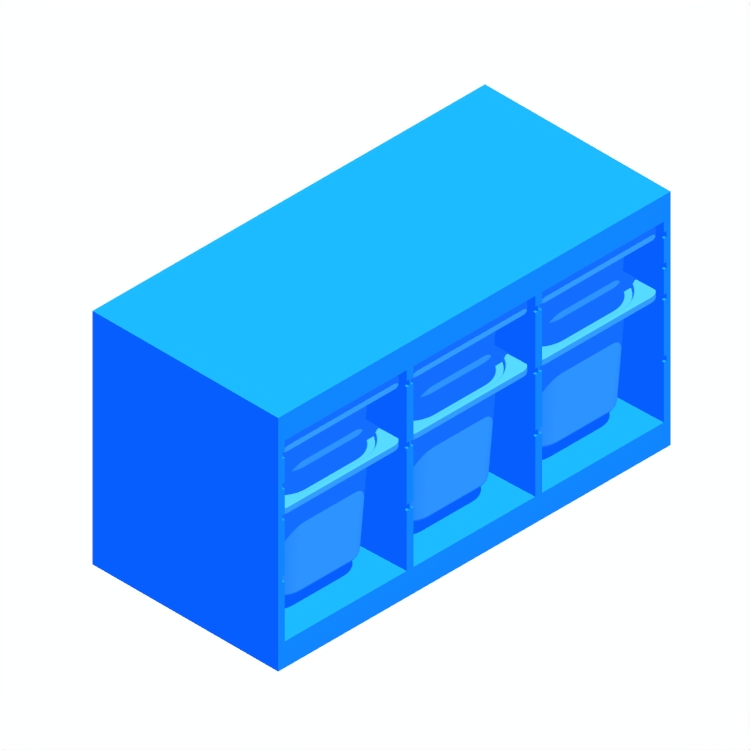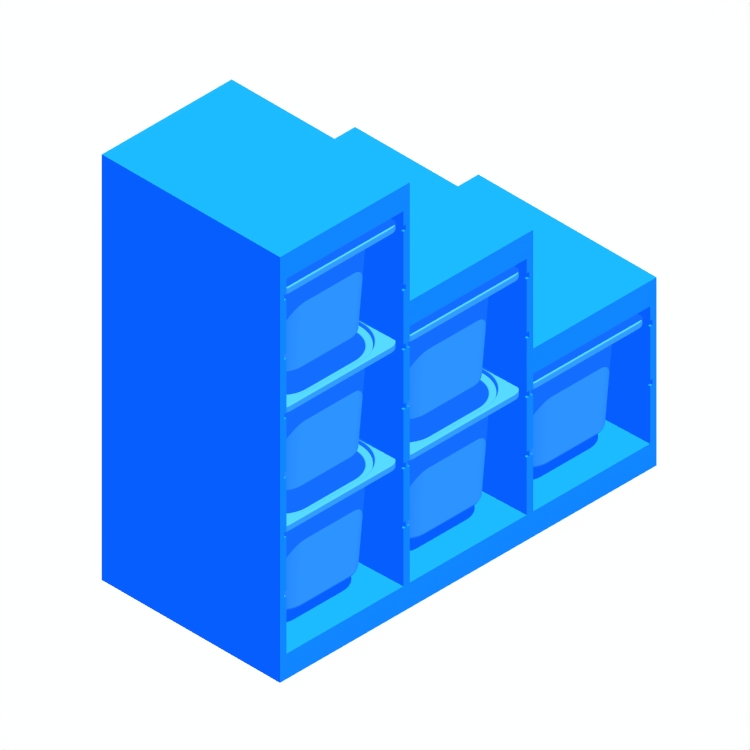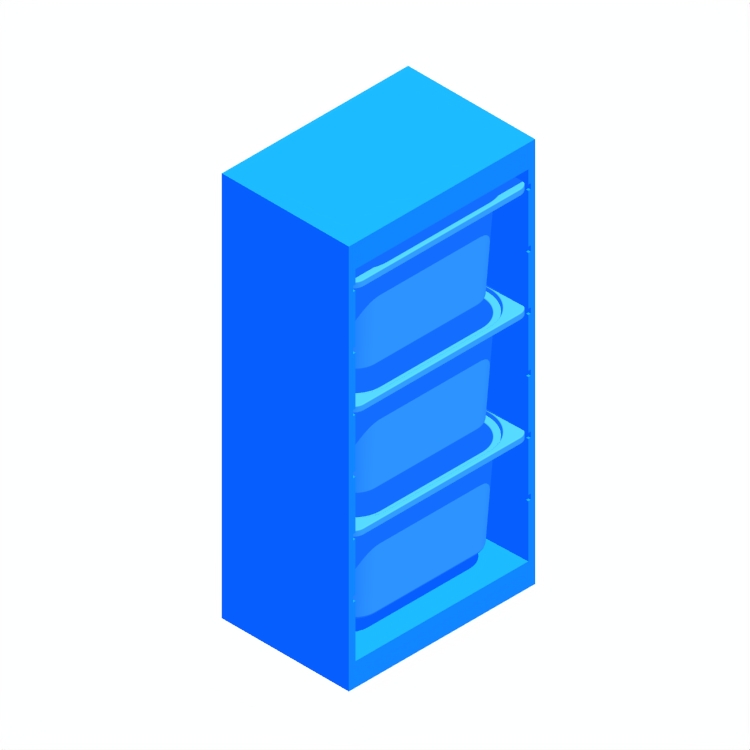Toy storage is designed to organize and contain children's toys, contributing to a tidier and more functional living space. These storage solutions come in various forms, including bins, boxes, shelves, and chests, often crafted from materials like wood, plastic, or fabric. They vary in size and design, from simple, open bins to elaborate units with multiple compartments and thematic decorations. Toy storage is typically used in children's bedrooms, playrooms, or family living areas.
Some designs are kid-friendly, featuring low heights and soft edges for safety, while others are more sophisticated, blending seamlessly with home decor. The key purpose is to manage clutter, making it easier for children to access and put away their toys, fostering a sense of responsibility and organization from a young age.
Toy storage has evolved alongside the concept of play and the increasing variety of children's toys. In the past, when fewer toys were owned, simple chests or basic shelves sufficed for storage. As the number and diversity of toys grew, especially with the industrial revolution and mass production of toys, the need for more organized and accessible storage solutions became apparent. This led to the development of specialized toy boxes, bins, and shelving units.
Designs became more child-focused, incorporating playful themes and safety features like soft-close hinges to prevent pinched fingers. The progression of toy storage mirrors the changing attitudes towards children's play, emphasizing organization, accessibility, and safety.
The future of toy storage is likely to intertwine with smart design and eco-conscious materials. We may see storage units with built-in organizational systems, like compartments that automatically sort toys by size or type. Innovations could also include interactive elements, such as storage bins with playful, educational games on their surfaces, encouraging kids to tidy up while learning.
Current trends already show a shift towards multifunctional furniture, like storage that doubles as play structures or seating. Eco-friendly materials, reflecting a growing environmental awareness, are becoming more prevalent. These developments aim to make toy storage not only more efficient and engaging for children but also aligned with sustainable, modern living.
Choosing the right size toy storage for your child's age involves considering both the size and quantity of toys they have. For toddlers with larger, bulkier toys, choose spacious, open bins that are easy to access. As children grow and toys become smaller and more numerous, opt for shelving units with bins or baskets to categorize and store toys neatly. Ensure the storage is at a height accessible to your child.
For living rooms, creative toy storage ideas include using stylish ottomans or coffee tables with hidden compartments for quick clean-up and accessibility. Consider attractive baskets or color-coordinated bins that blend with your decor for a seamless look. Wall-mounted shelving with decorative bins can save floor space while keeping toys organized. Modular storage units that can double as room dividers are also practical and visually appealing.
To effectively organize different types of toys in storage, categorize them by kind or use. Use clear bins or labeled baskets for easy identification and access. Store frequently used toys at a child's height for easy reach, and less used items higher up. Use bookshelves for board games and puzzles, and larger bins for bulky items like stuffed animals or outdoor toys. Separate small, delicate toys into drawer organizers to prevent tangling or damage.









